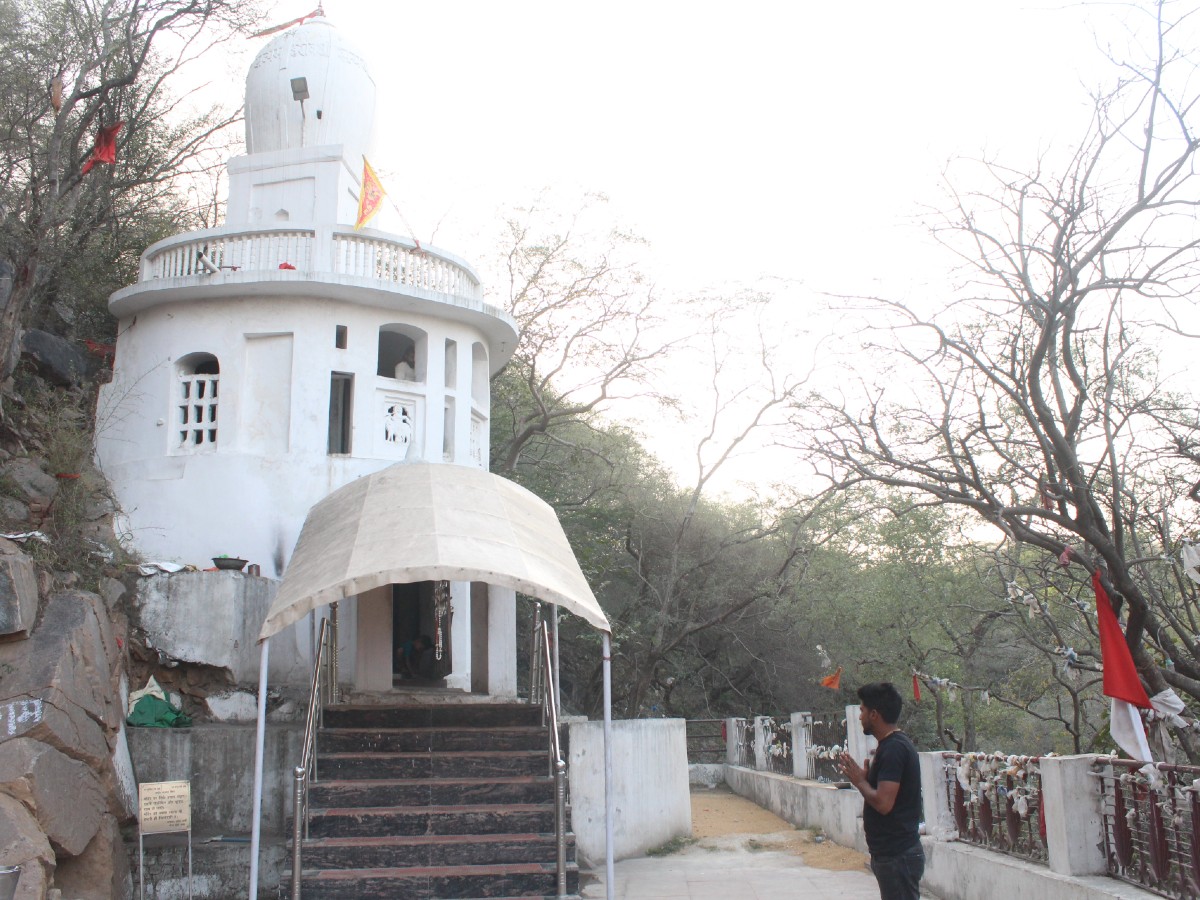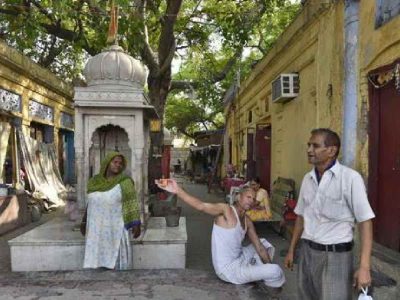A 19 km ride from Chhatarpur Metro Station towards Faridabad offers a sight one would not expect in Delhi NCR: a 250-hectare rocky forest.
The orange flowers of Palash tree among the groves of Dhau trees make the environment heavenly.
The forest, nestled in the Aravalli Hills, is not just beautiful and serene, but has a story to tell — the kind of story that would come out of a children’s storybook.
Also read: Jamnapaar beats: Rap against stigma
Mangar Bani (Bani meaning little forest) is a jungle located on Delhi-Haryana border. The sacred grove is dominated by the Gurjar community and is the oldest human habitation discovered in Haryana and Delhi NCR.
According to a local tale, Gudariya Das Maharaj, a Baba (holy man), lived in Mangar Bani some 500 years ago. The Baba, who was liked by the area’s majority community of Gujjars, requested that they recognise this forest as a sacred grove, residence of the local deity.
They were instructed to defend the Bani forest by refraining from taking even a single leaf from it or grazing their animals there.
Watch your intention
In the local lores, the forest is considered sacred. Villagers believe that Gudariyadas Baba curses anyone who touches the tree or branch with a dishonest intention.
The other temple, located on the foot of the hills where Gudariyadas Baba temple is located, belongs to Jhajju Baba, who is also popular among the villagers and those who come from nearby villages.
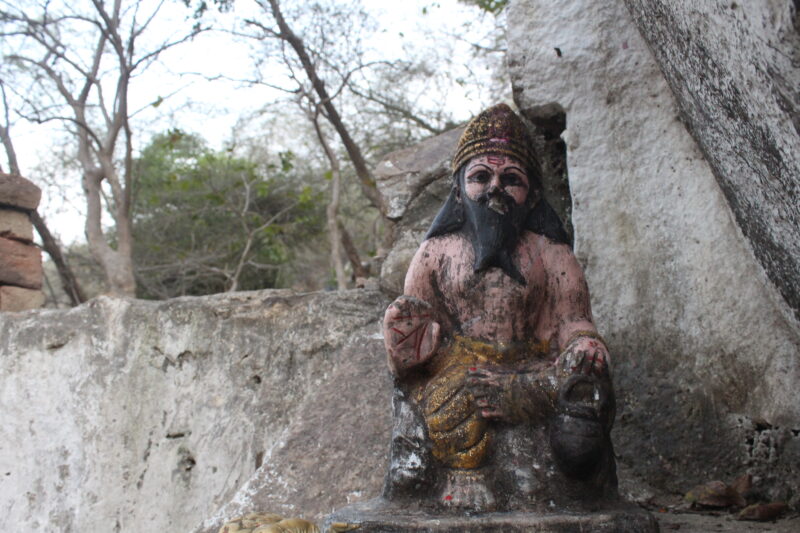
While the forest has survived because of the faith of the villagers and the wrath that Gudariyadas Baba might inflict upon anyone who touches the plants or feeds animals on them, locals also believe that the mystic answers prayers of those who believe in him. There are people who come to the two temples every Tuesday and make a wish, only to return once the wish is granted.
For many, taking care of the mystic is a religious ritual. Mintu, a resident of the village in his early 30s, cleans the village every Tuesday. He says that he is following his ancestors, under whose guidance he has learnt to continue the legacy.
“A lot of people come here and worship as if he is our God. It is because of him that we have this forest. Whatever you pray for, if it is not ill-intentioned, it will be granted. Such are the powers of the Baba,” he says.
In a way, “good intention” plays an important part in the lives of the worshippers. Be it touching the forest or making an “ill-intentioned” wish, the wrath of Gudariyadas Baba follows if the heart is not pure, according to the villagers.
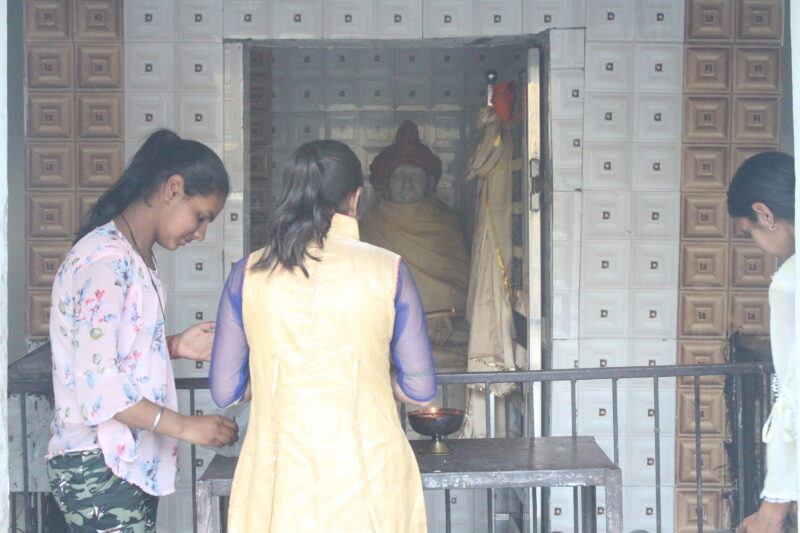
Legend has it that many people who visited the temple without a pure heart have gone through some kind of trouble in their lives.
“Bad things will not happen to the family but yourselves. The Baba does not inflict on those who are innocent, but those who have done wrong. So, if you did something bad, it will only be you who will have to face the consequences,” explains Mintu.
Tales around how the wrath of Baba makes lives of villagers difficult if they touch the trees or take them home are common among villagers. In all the stories, the intensity of wrath depends on the seriousness of the offence.
Mohan Rao, a local priest, says, “We are not allowed to touch the trees. If a tree dies and its branches fall on the ground, we are not allowed to pick it and use it for domestic purpose. One also cannot take away trees outside the forest for the fear that it will bring wrath. A tree may rot on the ground, but it should not be touched unless there is an urgent need.”
Pradip Krishen, author of the critically-acclaimed Trees of Delhi, writes in his book how urban legends in the village have helped in conservation of the forest.
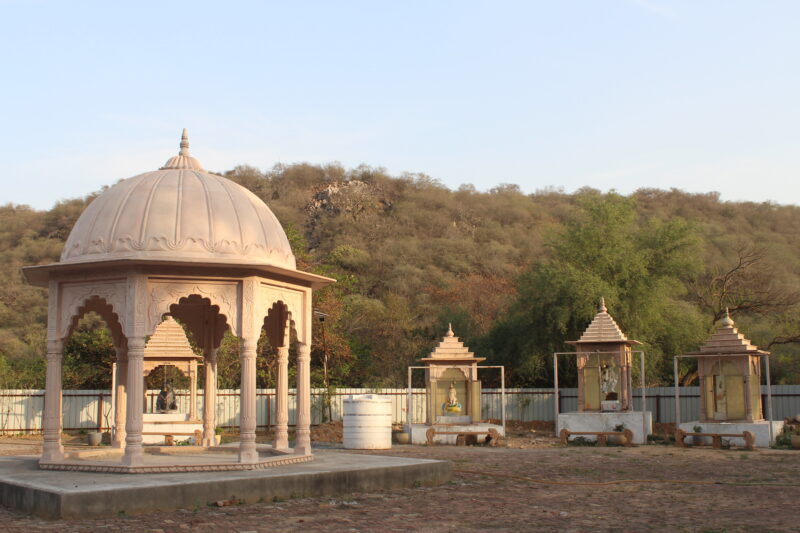
“The legend of Gudariyadas Baba,” he writes, “seems to work rather well. Gujar herdsmen with their goats or cattle skirt the valley nervously, calling urgently or throwing stones when an animal grazes too close to the valley’s edge. One result of this sacred conversation strategy is that Mangarbani has become a little outdoor museum of what Delhi’s Ridge – or at any rate, the steeper bits of it – might have looked like without biotic pressure.”
Prem Raj, who came to the temple with his family, says, “Baba has not only helped me with the wishes I came with, but also taught me about the importance of nature. Saving the trees is an essential part of believing in him. Although only this village is protected by Baba, this kind of understanding around nature makes us think how important trees are for us.”
Although villagers have protected the forest for thousands of years, there have been attempts of encroachment in the area.

